You’ll need to implement AES-256 encryption for real-time data protection, ensuring your biometric information stays secure during transmission between devices and central servers. Build independent communication networks using protocols like LoRaWAN instead of relying on commercial platforms that could be compromised. Deploy physical security measures including tamper-evident seals, ruggedized casings, and integrated sensors that detect unauthorized access attempts. These foundational steps will help you discover extensive strategies for safeguarding your most sensitive military operations.
Implement Advanced Encryption Protocols for Real-Time Data Protection
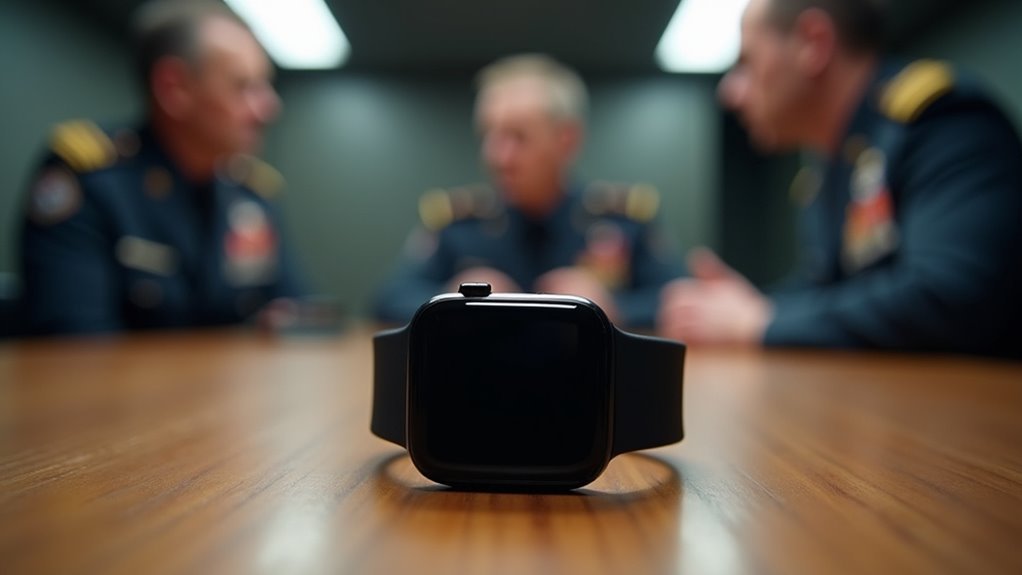
When implementing biometric security systems in military environments, you’ll need to prioritize advanced encryption protocols that protect data both in transit and at rest.
Start with industry-standard AES-256 encryption for all real-time data protection. You’ll want to establish robust key management systems that securely handle encryption keys throughout their lifecycle.
Implement AES-256 encryption as your foundation and establish comprehensive key management systems to secure encryption keys throughout their entire operational lifecycle.
Verify you’re encrypting biometric data stored on devices using full-disk encryption methods. For real-time data streams containing soldier health and performance information, implement encryption during transmission to prevent interception.
Don’t forget end-to-end encryption between biometric devices and central servers.
Your encryption strategy should cover every touchpoint where biometric data exists or travels. Since biometric wearables continuously monitor vital signs and other physiological parameters, ensure these data streams maintain encryption integrity throughout the monitoring process. This thorough approach guarantees that even if devices are compromised, the sensitive biometric information remains protected from unauthorized access.
Establish Secure Communication Networks Independent of Commercial Platforms
Beyond securing the data itself, you must build communication networks that operate independently from commercial platforms to maintain complete control over your biometric information flow.
Commercial infrastructure creates vulnerabilities and dependencies that can’t be tolerated in military operations.
You’ll need to develop custom network architectures tailored specifically to military requirements. Implement secure protocols like LoRaWAN or Zigbee for reliable communication between biometric devices.
These private networks should integrate seamlessly with your biometric-enabled IoT devices while maintaining strict access controls.
Focus on creating interconnected sensor networks that process real-time biometric and environmental data locally. Modern systems can authenticate users through unique biometric signatures including heart rates, gait patterns, and skin characteristics for enhanced security verification.
This approach eliminates reliance on external commercial systems and guarantees your sensitive biometric data remains within your controlled infrastructure, providing the security and autonomy essential for military operations.
Deploy Physical Security Measures Against Device Tampering and Data Theft
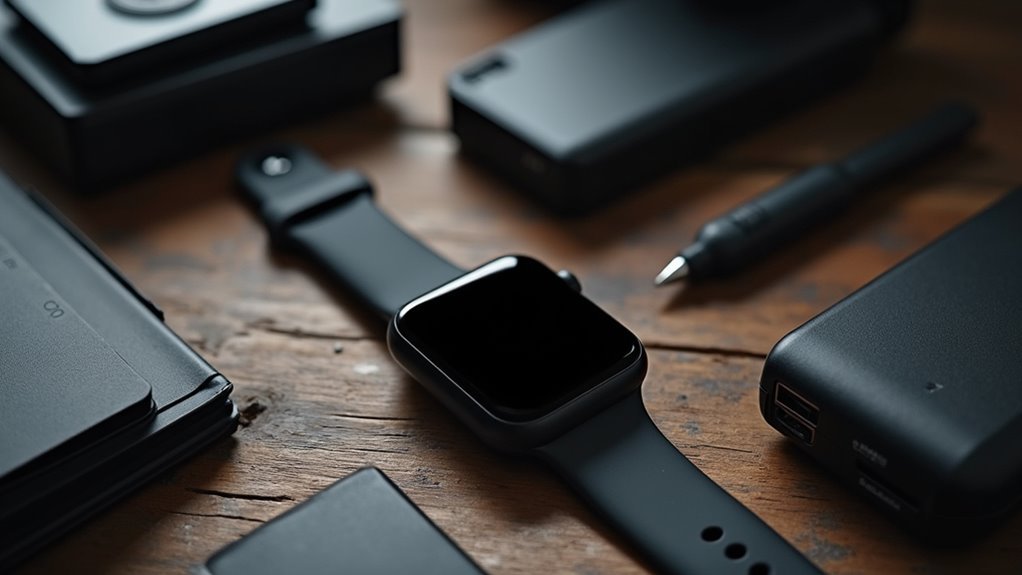
While secure networks protect data transmission, physical security measures form your first line of defense against device tampering and theft of sensitive biometric information.
You’ll need tamper-evident seals and ruggedized casings that reveal unauthorized access attempts while withstanding environmental damage. Install integrated sensors that detect tampering efforts and implement mechanical locks like secured wristbands requiring tools for removal.
Store biometric data exclusively on DoD-secured servers rather than commercial platforms. You should encrypt all data both at rest and during transmission to prevent interception.
Deploy continuous authentication that verifies your identity periodically and locks down upon detecting anomalies. Use AI-based detection systems to identify suspicious access patterns instantly.
Establish regular physical inspections and disable device functions automatically when tampering or unexpected conditions occur. Military wearables can monitor atmospheric conditions like oxygen and carbon monoxide levels that may indicate compromised environments or potential security threats.
Frequently Asked Questions
How Long Can Biometric Data Be Stored on Military Wearable Devices?
You’ll find that biometric data storage duration on military wearable devices isn’t publicly specified and varies by device type, operational needs, and service-specific policies balancing security risks with mission requirements.
What Happens to Biometric Data When Personnel Leave Military Service?
Your biometric data should be deleted when you leave service, but current policies lack consistent tracking and certification. Not all devices are properly sanitized, and there’s no centralized standard for verifying deletion.
Can Biometric Wearables Function Effectively in Extreme Weather or Combat Conditions?
You’ll find biometric wearables function effectively in extreme conditions through robust designs, water resistance, and advanced materials. They provide real-time health monitoring, enhance stealth capabilities, and integrate seamlessly with tactical gear.
Who Has Authorization to Access Individual Soldier Biometric Data Records?
You’ll find that only authorized personnel with appropriate clearance levels can access your biometric records. They must have need-to-know authorization, undergo certification training, and use multi-factor authentication following role-based access controls.
How Do Privacy Laws Apply to Military Biometric Data Collection?
You’ll find federal laws don’t specifically regulate military biometric collection, but state laws like Illinois’ BIPA may apply regionally. You must balance operational security needs with evolving privacy regulations and potential federal legislation.
In Summary
You’ve learned three critical strategies for securing military biometric wearables. Don’t underestimate the importance of implementing these measures simultaneously. Your mission-critical data depends on robust encryption, isolated networks, and tamper-proof hardware. Remember, you’re only as secure as your weakest link. Take immediate action to assess your current security posture and identify gaps. Your team’s safety and operational success rely on your commitment to thorough wearable security protocols.

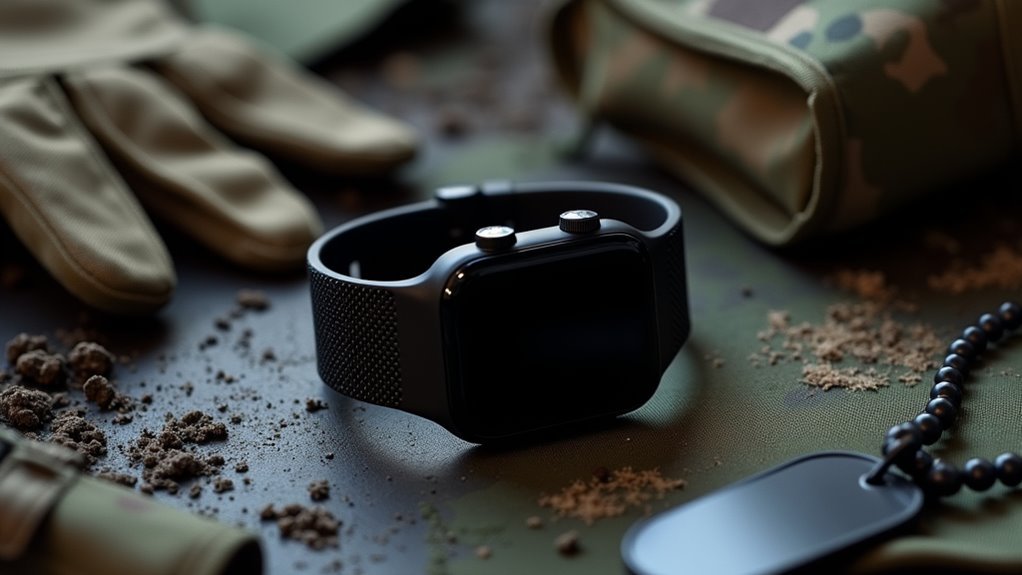
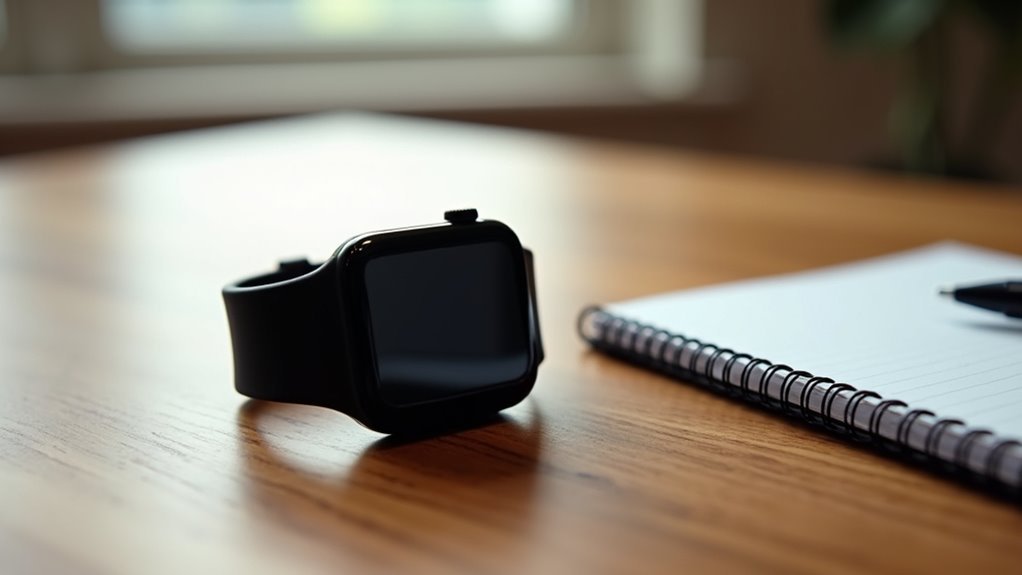
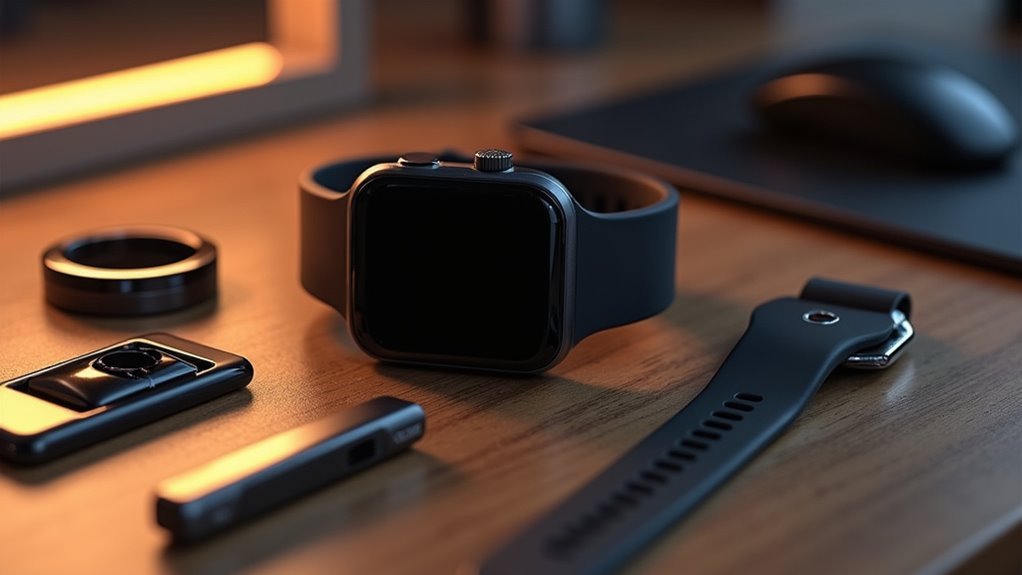
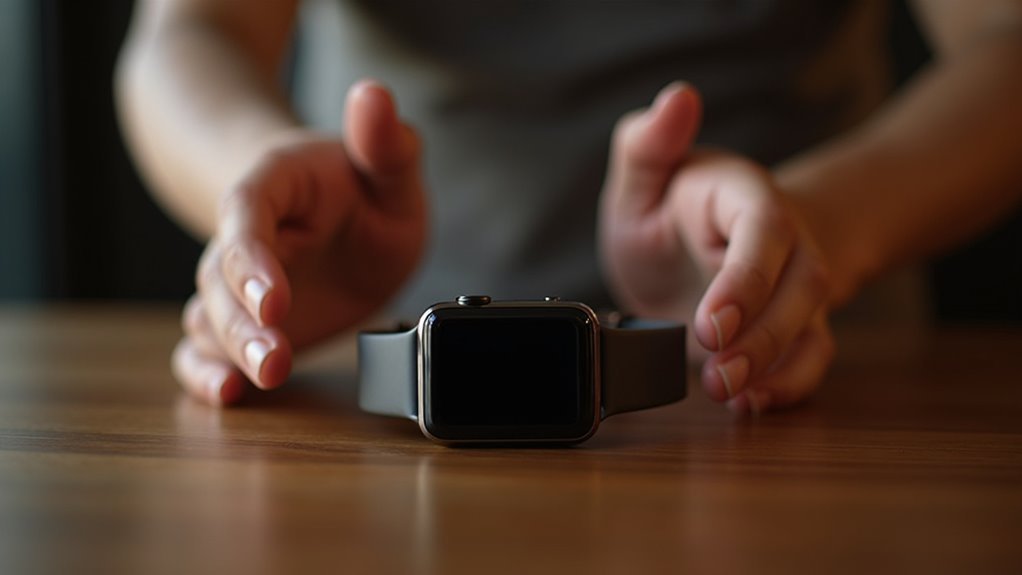
Leave a Reply